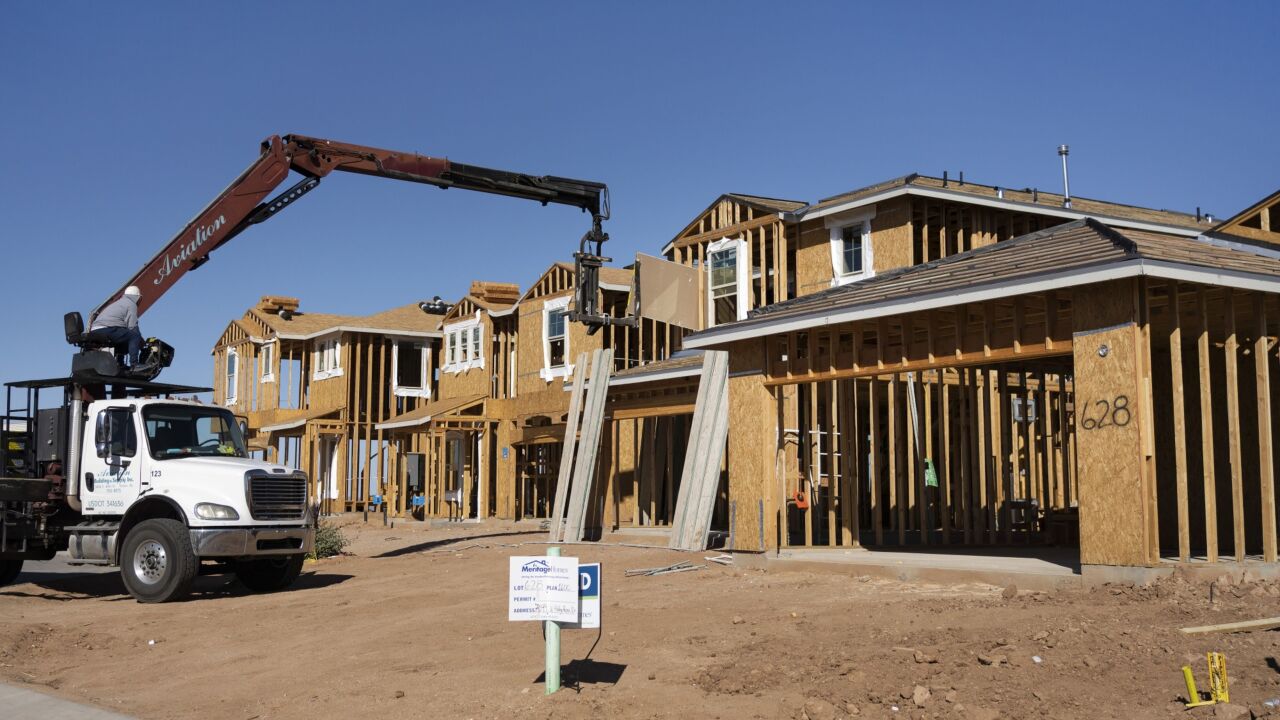WASHINGTON — The U.S. Department of Agriculture's Rural Housing Service is piloting a new single-close, construction-to permanent mortgage program after a previous venture in 2016 to spur construction lending in rural areas
Under the pilot program, the RHS provides an upfront government guarantee on the construction loan that also allows the lender to increase the interest rate by 200 basis points during the construction phase.
This is a departure from traditional RHS loans, which do not allow increases in the normal interest rate, according to Cathy Glover, acting RHS deputy administrator for single-family loans.

In the new pilot program, "you may also float the construction interest rate down to the allowable maximum rate when construction is complete," Glover said in a speech earlier this month at a meeting of the National Council of State Housing Finance Agencies.
"This will give you some cushion during the construction period. We think that is a great feature. Non-utilized funds can be applied to the loan amount. In addition, [the] construction loan is guaranteed before construction begins."
Housing industry representatives say the new program has benefits
"Builders like it because the loan is fully funded upfront and it reduces the capital they need to complete the project," said Curtis Milton, director of single-family finance at the National Association of Home Builders.
The pilot allows the lender to create a reserve to cover the interest payments during construction. This makes the construction loan more affordable for homebuyers, who do not have to make interest payments during construction. Meanwhile, the flexibility in the loan's interest rate makes it feasible for builders to avoid tapping a line of credit.
"I was a lender for 20 years and I wished I had this available when I was a loan officer," Curtis said.
RHS began testing the float-down rate and other modifications in June. Builders in more than 20 states and Puerto Rico are participating in the pilot program.
The USDA is currently working on a proposed rule that would make the pilot program permanent, according to a department spokesman. The proposal "is expected to be published in the Federal Register within the next 90 days," the spokesman said.
Glover said RHS learned valuable lessons from its previous attempt at a construction-to-permanent loan program on how to make improvements.
"We keep poking at it and trying to make it better and better," she said. "We are experiencing a shortage of affordable housing especially in rural areas. We hope this new construction-to perm program is another avenue for you to build some new homes in rural America."
But Ron Haynie, senior vice president of the Independent Community Banks of America, sounded skeptical. He noted that lenders must be RHS-approved to offer the new product, and RHS has income limits that restrict the pool of potential homebuyers.
RHS has not provided "a lot of details" about the new program, Haynie said. "It would be nice to know more about it. Construction-to-permanent lending is a big business for community banks."





